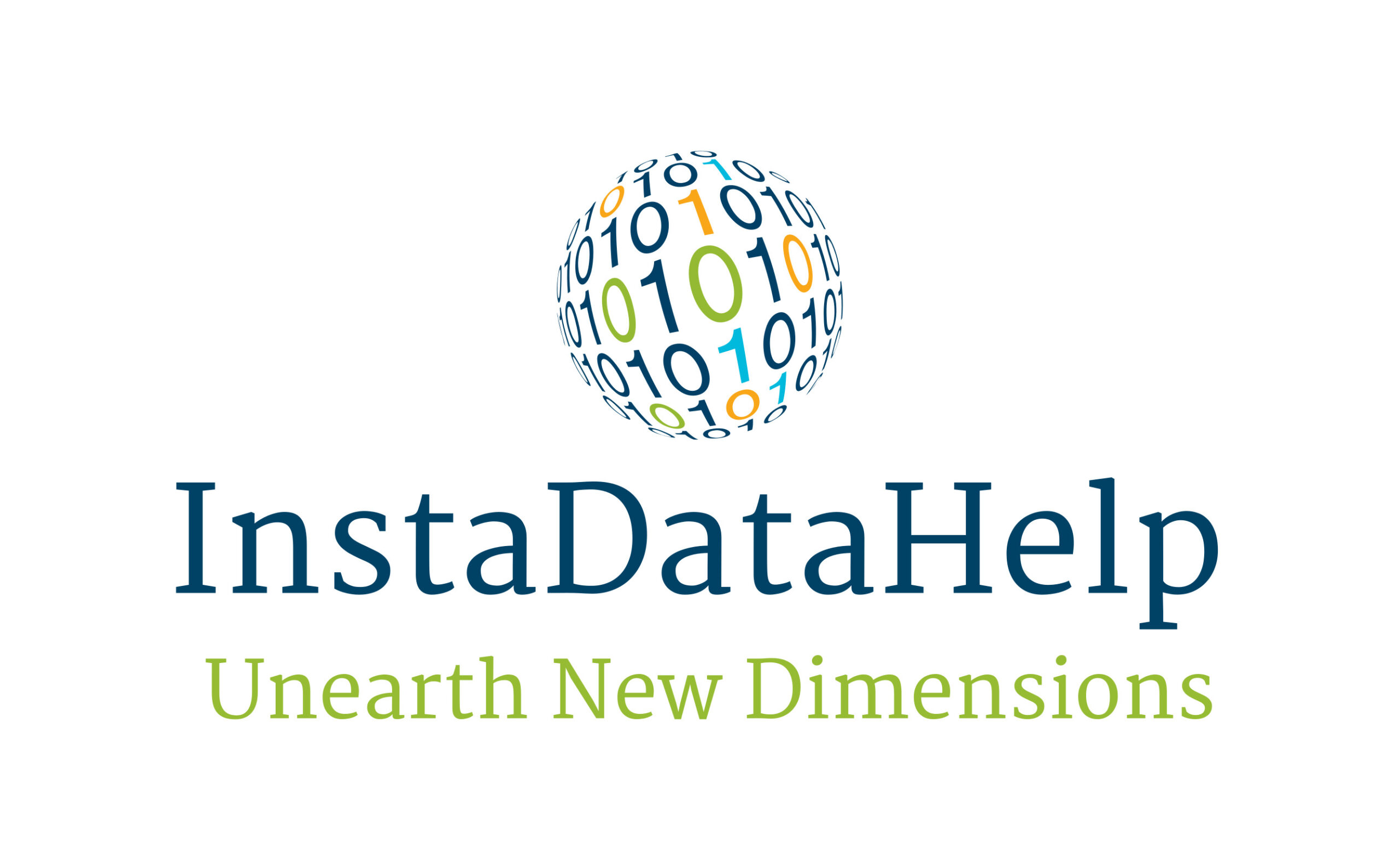From Data to Insights: The Art of Knowledge Discovery
Introduction:
In today’s data-driven world, organizations are constantly collecting vast amounts of data from various sources. However, the real value lies in extracting meaningful insights and knowledge from this data. This process, known as knowledge discovery, involves transforming raw data into actionable information that can drive decision-making and innovation. In this article, we will explore the art of knowledge discovery, its importance, and the key steps involved in the process.
Understanding Knowledge Discovery:
Knowledge discovery is the process of uncovering patterns, relationships, and insights from large datasets. It involves a combination of data mining, statistical analysis, and machine learning techniques to extract valuable information. The goal is to transform raw data into actionable knowledge that can be used to improve business processes, optimize operations, and gain a competitive edge.
Importance of Knowledge Discovery:
Knowledge discovery plays a crucial role in today’s competitive business landscape. Here are a few reasons why it is important:
1. Decision-making: Knowledge discovery helps organizations make informed decisions based on data-driven insights. By uncovering patterns and trends, decision-makers can identify opportunities, mitigate risks, and optimize strategies.
2. Innovation: Knowledge discovery enables organizations to identify new trends, customer preferences, and market opportunities. This information can be used to develop innovative products and services that meet the evolving needs of customers.
3. Efficiency: By analyzing large datasets, organizations can identify inefficiencies in their processes and operations. This knowledge can be used to streamline workflows, reduce costs, and improve overall efficiency.
4. Customer Insights: Knowledge discovery allows organizations to gain a deeper understanding of their customers. By analyzing customer data, organizations can identify buying patterns, preferences, and behaviors, enabling them to personalize their offerings and enhance customer satisfaction.
The Steps in Knowledge Discovery:
Knowledge discovery involves several key steps that transform raw data into actionable insights. Let’s explore each step in detail:
1. Data Collection: The first step in knowledge discovery is to gather relevant data from various sources. This can include structured data from databases, unstructured data from social media, and external data from third-party sources. The quality and quantity of data collected play a crucial role in the success of the knowledge discovery process.
2. Data Preprocessing: Once the data is collected, it needs to be cleaned and preprocessed. This involves removing duplicates, handling missing values, and transforming the data into a suitable format for analysis. Data preprocessing ensures that the data is accurate, consistent, and ready for further analysis.
3. Data Integration: In this step, data from different sources is combined and integrated into a single dataset. This allows for a holistic view of the data, enabling more comprehensive analysis and insights.
4. Data Transformation: Data transformation involves converting the data into a format that is suitable for analysis. This can include aggregating data, normalizing variables, and creating new features. The goal is to prepare the data for modeling and analysis.
5. Data Mining: Data mining is the core of the knowledge discovery process. It involves applying various algorithms and techniques to uncover patterns, relationships, and insights from the data. This can include statistical analysis, machine learning, and pattern recognition. The choice of data mining techniques depends on the nature of the data and the objectives of the analysis.
6. Evaluation and Interpretation: Once the data mining process is complete, the results need to be evaluated and interpreted. This involves assessing the quality and reliability of the insights obtained and determining their relevance to the business objectives. The insights are then translated into actionable recommendations.
7. Visualization and Reporting: The final step in knowledge discovery is to visualize and report the insights obtained. This can be done through charts, graphs, and dashboards that make the information easily understandable and accessible to decision-makers. Visualization helps in communicating the findings effectively and facilitates data-driven decision-making.
Conclusion:
Knowledge discovery is a powerful process that enables organizations to transform raw data into actionable insights. By uncovering patterns, relationships, and trends, organizations can make informed decisions, drive innovation, and improve efficiency. The key steps involved in knowledge discovery, from data collection to visualization, ensure that the insights obtained are accurate, relevant, and actionable. In today’s data-driven world, mastering the art of knowledge discovery is essential for organizations to stay competitive and thrive in their respective industries.




Recent Comments